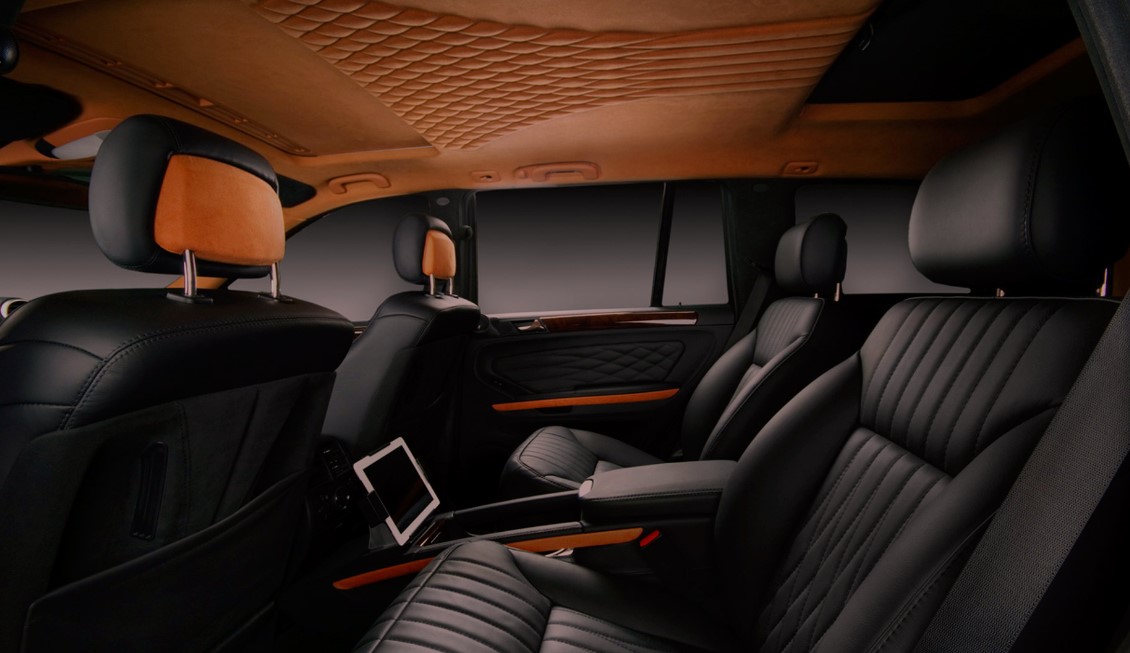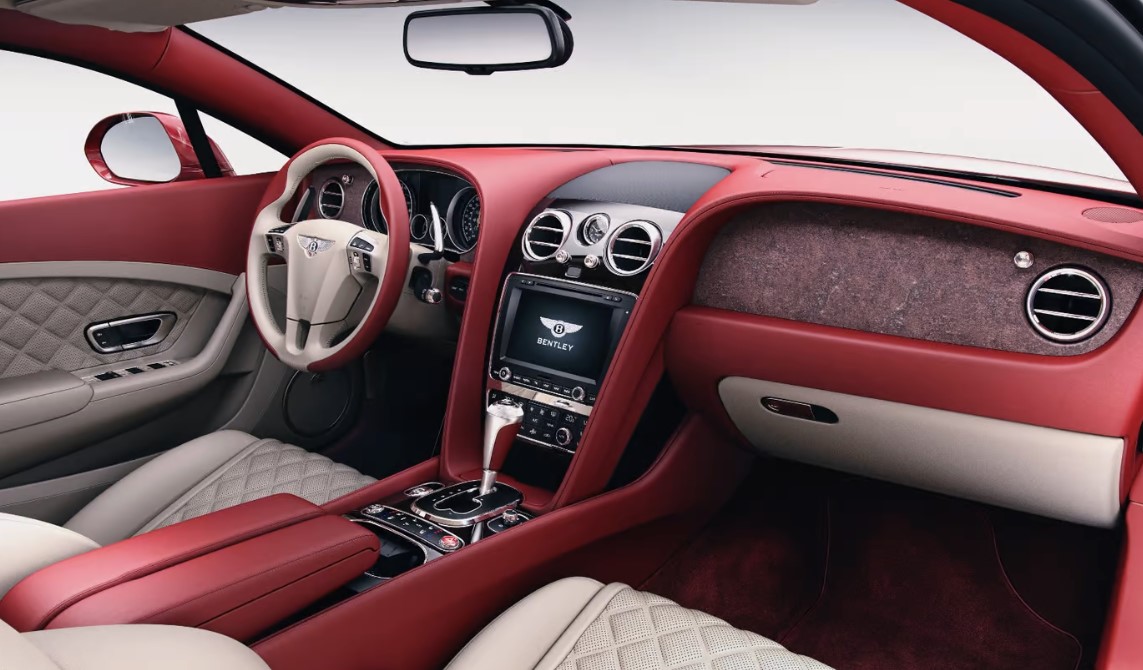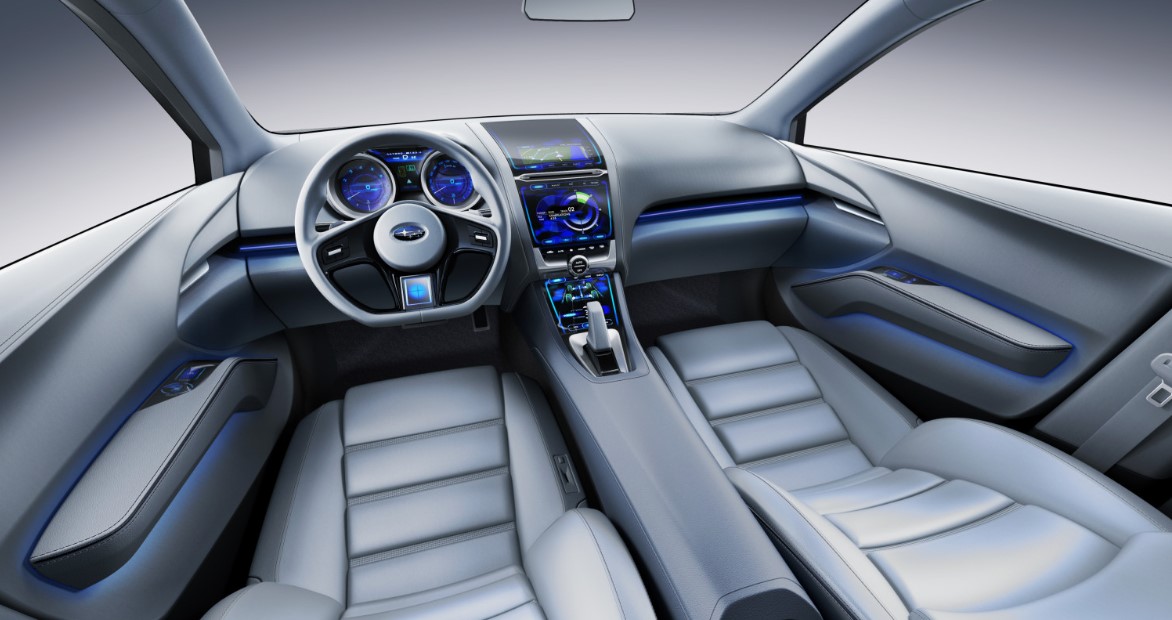The driving experience can be substantially improved by reducing the noise level inside a vehicle. Quieter car interiors offer more than just physical comfort; they also provide substantial psychological benefits. This article investigates the potential benefits of reducing pollution levels within a vehicle, including enhanced cognitive function, increased overall satisfaction, and improved mental health for both drivers and passengers. Car owners can recognize the value of investing in peaceful car interiors by comprehending these advantages.
Sources of Noise in Car Interiors
To appreciate the benefits of quieter car interiors, it’s important to first understand the sources of noise within a vehicle. Noise can stem from a variety of both external and internal factors:
External Noise Sources:
- Road Noise: Caused by the interaction between tires and the road surface, which can vary based on road texture and tire type.
- Wind Noise: Generated by air passing over and around the vehicle, particularly at higher speeds.
- Engine Noise: Especially prominent in older vehicles or those with less sound insulation.
Internal Noise Sources:
- Mechanical Noise: From the vehicle’s systems, including the engine, transmission, HVAC system, and suspension.
- In-Cabin Activities: Sounds from conversations, music, or other activities inside the vehicle.
Addressing these noise sources through an effective sound barrier and insulation materials can significantly reduce the overall noise level inside the car.

Psychological Effects of Noise on Drivers and Passengers
Excessive noise can have several detrimental effects on mental health and cognitive function. These effects are amplified in the confined space of a car.
Stress and Anxiety:
- Increased Stress Levels: Persistent noise can trigger the release of stress hormones such as cortisol, leading to elevated stress and anxiety.
- Irritability: Continuous exposure to noise can make individuals more irritable, reducing the overall enjoyment of the driving experience.
Cognitive Function:
- Decreased Concentration: Noise can distract drivers, impairing their ability to focus on the road and react to potential hazards.
- Cognitive Overload: High noise levels can lead to cognitive overload, where the brain struggles to process all incoming stimuli, increasing the likelihood of mistakes.
Overall Well-Being:
- Driver Fatigue: Continuous noise exposure can contribute to driver fatigue, reducing alertness and increasing the risk of accidents.
- Sleep Disruption: For those who spend long hours in their vehicles, such as long-haul drivers, noise can interfere with sleep quality, leading to chronic sleep deprivation.
Benefits of Reducing Noise in Car Interiors
Lowering noise levels inside a vehicle can yield numerous psychological benefits, improving both the driving experience and overall well-being of occupants.
Reduced Stress and Anxiety:
- Calmer Environment: A quieter cabin creates a more peaceful environment, helping to reduce stress and anxiety. This tranquility can improve mood and make driving more enjoyable.
- Lower Cortisol Levels: Research has shown that reducing noise can lower cortisol levels, which are associated with stress, leading to better mental health.
Improved Cognitive Function:
- Better Focus: Quieter interiors allow drivers to concentrate more effectively on the road, enhancing focus and reducing the risk of accidents.
- Enhanced Decision-Making: With fewer distractions, drivers can process information more clearly, leading to better decision-making and safer driving.
Increased Comfort and Satisfaction:
- Enhanced Comfort: Reduced noise levels contribute to a more comfortable driving experience, particularly on long journeys. Passengers can converse more easily without needing to raise their voices.
- Higher Satisfaction: A quieter car interior can make driving a more pleasurable activity, reducing fatigue and increasing overall satisfaction.
Better Communication:
- Clearer Conversations: Lower noise levels facilitate clearer conversations between passengers, enhancing communication and making the journey more enjoyable.
- Effective Use of Technology: Quieter environments improve the effectiveness of in-car technologies such as hands-free calling and voice-activated controls, increasing convenience and safety.
Enhanced Audio Experience:
- Improved Sound Quality: Quieter interiors improve the quality of in-car audio systems, allowing drivers and passengers to enjoy music, podcasts, and other audio content without interference from background noise.
- Enhanced Enjoyment: For music enthusiasts, a quieter cabin provides a better listening environment, enhancing the enjoyment of high-fidelity audio systems.
Implementing Sound Barriers for a Quieter Interior
Achieving a quieter car interior often involves using sound barriers and advanced insulation materials. These solutions can be implemented during the manufacturing process or added as aftermarket upgrades.
Sound Barriers:
- Material Composition: Effective sound barriers typically use materials that absorb and dampen sound waves, such as mass-loaded vinyl, acoustic foam, and specialized composite layers.
- Installation Areas: Sound barriers can be installed in various parts of the vehicle, including doors, floors, roofs, and engine compartments, to target different sources of noise.
Advanced Insulation:
- Acoustic Insulation: High-quality acoustic insulation materials can line the cabin, reducing noise transmission and enhancing overall soundproofing.
- Vibration Dampening: Materials designed to dampen vibrations, such as butyl rubber mats, can reduce mechanical noise and road vibrations.
Innovative Technologies:
- Active Noise Cancellation: Some modern vehicles are equipped with active noise cancellation systems that use microphones and speakers to detect and counteract unwanted sounds in real-time.
- Laminated Glass: Laminated glass with a sound-dampening layer can significantly reduce wind and road noise, contributing to a quieter cabin.

Practical Steps for Achieving a Quieter Interior
For those looking to enhance the quietness of their vehicle’s interior, several practical steps can be taken:
Regular Maintenance:
- Tire Maintenance: Keeping tires properly inflated and choosing quieter tire models can reduce road noise.
- Engine Tuning: Regular maintenance of the engine and exhaust system can minimize mechanical noise.
Upgrading Materials:
- Aftermarket Soundproofing: Installing aftermarket soundproofing materials can be an effective way to reduce noise levels in older vehicles.
- Window Treatments: Upgrading to laminated or thicker glass windows can significantly reduce wind noise.
Driving Habits:
- Smooth Driving: Adopting smoother driving habits, such as gentle acceleration and braking, can reduce mechanical noise and contribute to a quieter interior.
- Avoiding Rough Roads: Whenever possible, avoiding rough and uneven roads can minimize road noise and vibrations.
The Future of Quiet Car Interiors
As automotive technology advances, the pursuit of quieter car interiors continues to evolve. Future developments are likely to focus on integrating more advanced materials and technologies to enhance noise reduction.
Electric Vehicles (EVs):
- Reduced Engine Noise: EVs inherently produce less engine noise than traditional combustion engines, making them naturally quieter. However, other noise sources, such as road and wind noise, become more noticeable and need addressing.
- Enhanced Insulation: EV manufacturers are investing in better insulation and soundproofing techniques to provide an ultra-quiet driving experience.
Autonomous Vehicles:
- Comfort Focus: As autonomous vehicles become more prevalent, the focus on passenger comfort, including noise reduction, will intensify. Quiet interiors will be essential for creating a comfortable and productive environment for passengers.
Smart Materials:
- Adaptive Insulation: The development of smart materials that adapt to changing noise conditions could revolutionize car soundproofing. These materials could automatically adjust their properties to provide optimal noise reduction.
Conclusion
Quieter car interiors offer a multitude of psychological benefits, enhancing stress levels, concentration, comfort, and overall driving satisfaction. Enhancing the quietness of a vehicle’s cabin can greatly improve the driving experience, making it more pleasant and safer. This can be achieved by implementing sound barriers and advanced insulation materials.
In areas with extreme climates, such as Abu Dhabi, soundproofing becomes crucial for enhancing driving comfort and promoting mental well-being. By minimizing external noise, individuals can experience a more serene and enjoyable driving experience. By delving into the different sources of noise and exploring the potential solutions, drivers can gain valuable insights to improve the peacefulness of their vehicle’s interior.
For further information on automotive soundproofing and related regulations, reputable sources such as the Environmental Protection Agency (EPA) and local automotive standards provide valuable insights and guidelines. Investing in high-quality sound barriers and insulation is a practical decision that offers numerous advantages for comfort, safety, and mental health.

Cyclist, doer, hiphop head, Vignelli fan and storyteller. Operating at the junction of modernism and programing to create strong, lasting and remarkable design. I sometimes make random things with friends.
